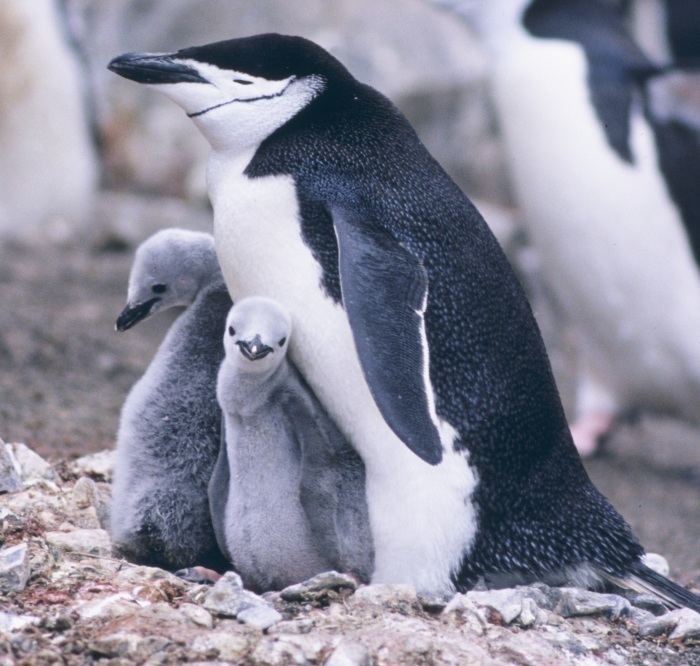 | ||
For these animals, there is documented evidence of homosexual behavior of one or more of the following kinds: sex, courtship, affection, pair bonding, or parenting, as noted in researcher and author Bruce Bagemihl's 1999 book Biological Exuberance: Animal Homosexuality and Natural Diversity.
Contents
Bagemihl writes that the presence of same-sex sexual behavior was not "officially" observed on a large scale until the 1990s due to possible observer bias caused by social attitudes towards LGBT people, making the homosexual theme taboo. Bagemihl devotes three chapters; Two Hundred Years at Looking at Homosexual Wildlife, Explaining (Away) Animal Homosexuality and Not For Breeding Only in his 1999 book Biological Exuberance to the "documentation of systematic prejudices" where he notes "the present ignorance of biology lies precisely in its single-minded attempt to find reproductive (or other) 'explanations' for homosexuality, transgender, and non-procreative and alternative heterosexualities." Petter Bøckman, academic adviser for the Against Nature? exhibit stated "[M]any researchers have described homosexuality as something altogether different from sex. They must realise that animals can have sex with who they will, when they will and without consideration to a researcher's ethical principles." Homosexual behavior is found amongst social birds and mammals, particularly the sea mammals and the primates.
Animal sexual behavior takes many different forms, even within the same species and the motivations for and implications of their behaviors have yet to be fully understood. Bagemihl's research shows that homosexual behavior, not necessarily sex, has been documented in about 500 species as of 1999, ranging from primates to gut worms. Homosexuality in animals is seen as controversial by social conservatives because it asserts the naturalness of homosexuality in humans, while others counter that it has no implications and is nonsensical to equate natural animal behaviors to morality. Animal preference and motivation is always inferred from behavior. Thus homosexual behavior has been given a number of terms over the years. The correct usage of the term homosexual is that an animal exhibits homosexual behavior, however this article conforms to the usage by modern research, applying the term homosexuality to all sexual behavior (copulation, genital stimulation, mating games and sexual display behavior) between animals of the same sex.
Mammals
Birds
Reptiles
The all-female Whiptail lizard species Cnemidophorus neomexicanus (center), which reproduces via parthenogenesis, is shown flanked by two sexual species having males, C. inornatus (left) and C. tigris (right). Research has shown that simulated mating behavior increases fertility for Cnemidophorus neomexicanus. One female lies on top of another, playing the role of the male, the lizard that was on bottom has larger eggs. The lizards switch off this role each mating season.
Amphibians
Insects
Male homosexuality has been inferred in several species of dragonflies. A survey of damsel and dragonflies reveals characteristic cloacal pincher mating damage in 20–80 percent of the males, indicating a fairly high occurrence of sexual coupling between males.
